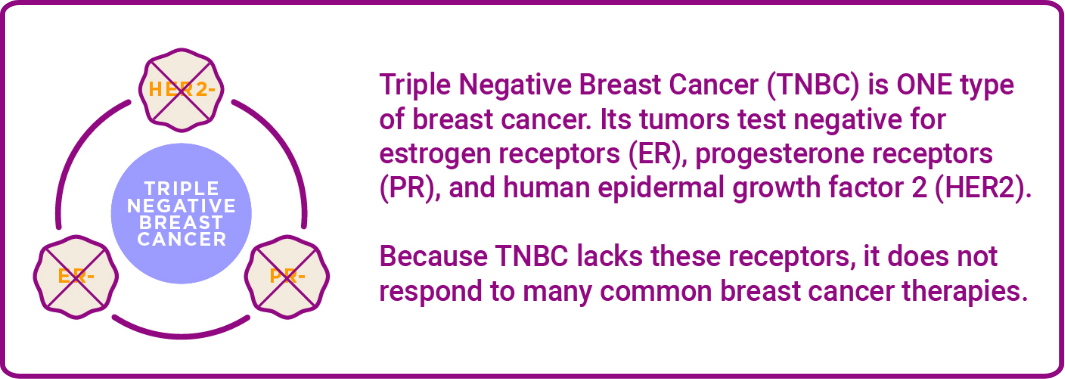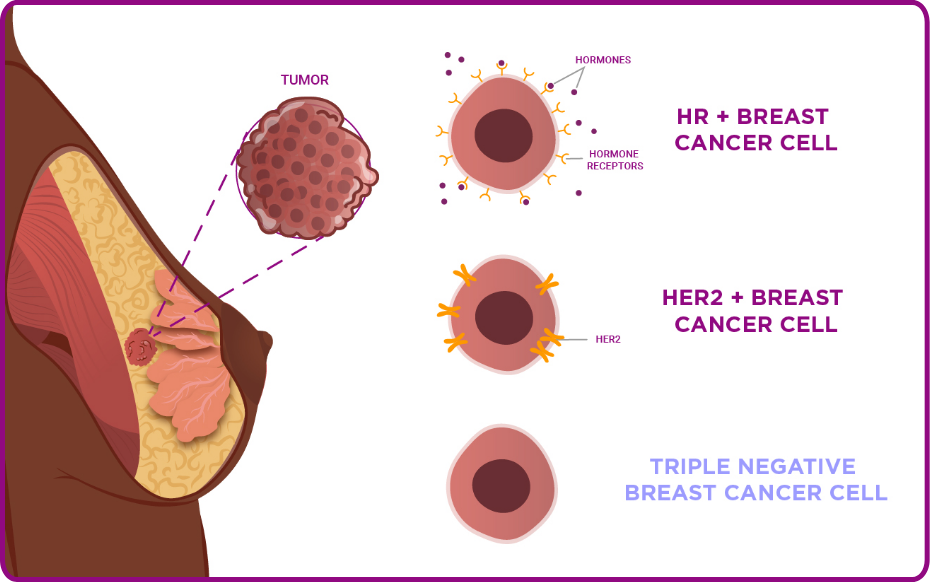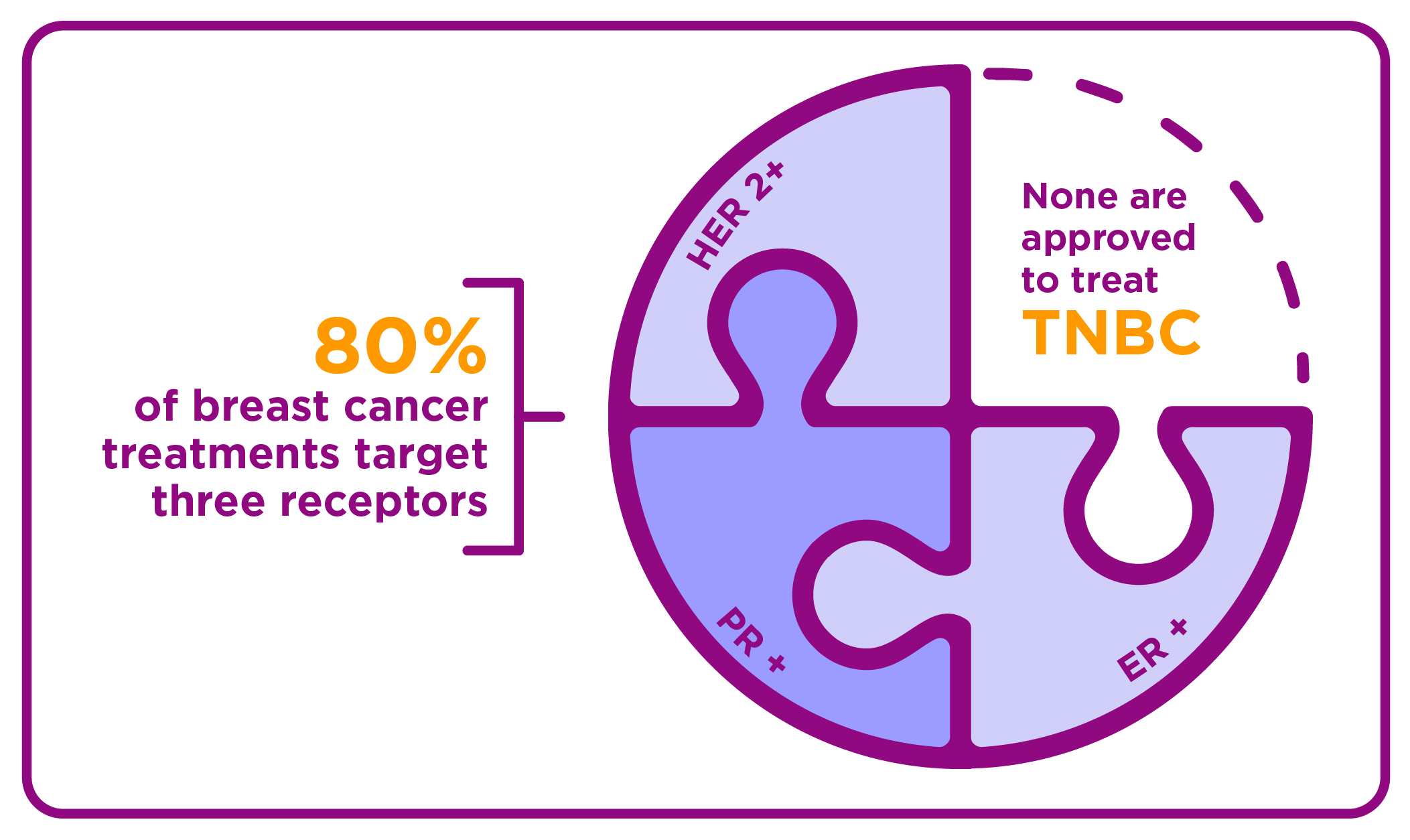Once tumor size and spread, spread to lymph nodes, and the presence of metastasis have been defined, the tumor is assigned a stage as outlined below. The higher the stage, the more advanced the cancer.
Stage 0: Tis, N0, M0
Stage 1A: T1, N0, M0
Stage 1B: T0, N1mi, M0 | T1, N1mi, M0
Stage 2A: T0, N1, M0 | T1, N1, M0 | T2, N0, M0
Stage 3A: T0, N2, M0 | T1, N2, M0 | T2, N2, M0 | T3, N1, M0 | T3, N2, M0
Stage 3B: T4, N0, M0 | T4, N1, M0 | T4, N2, M0
Stage 3C: Any T, N3, M0
Stage 4: Any T, Any N, M1



